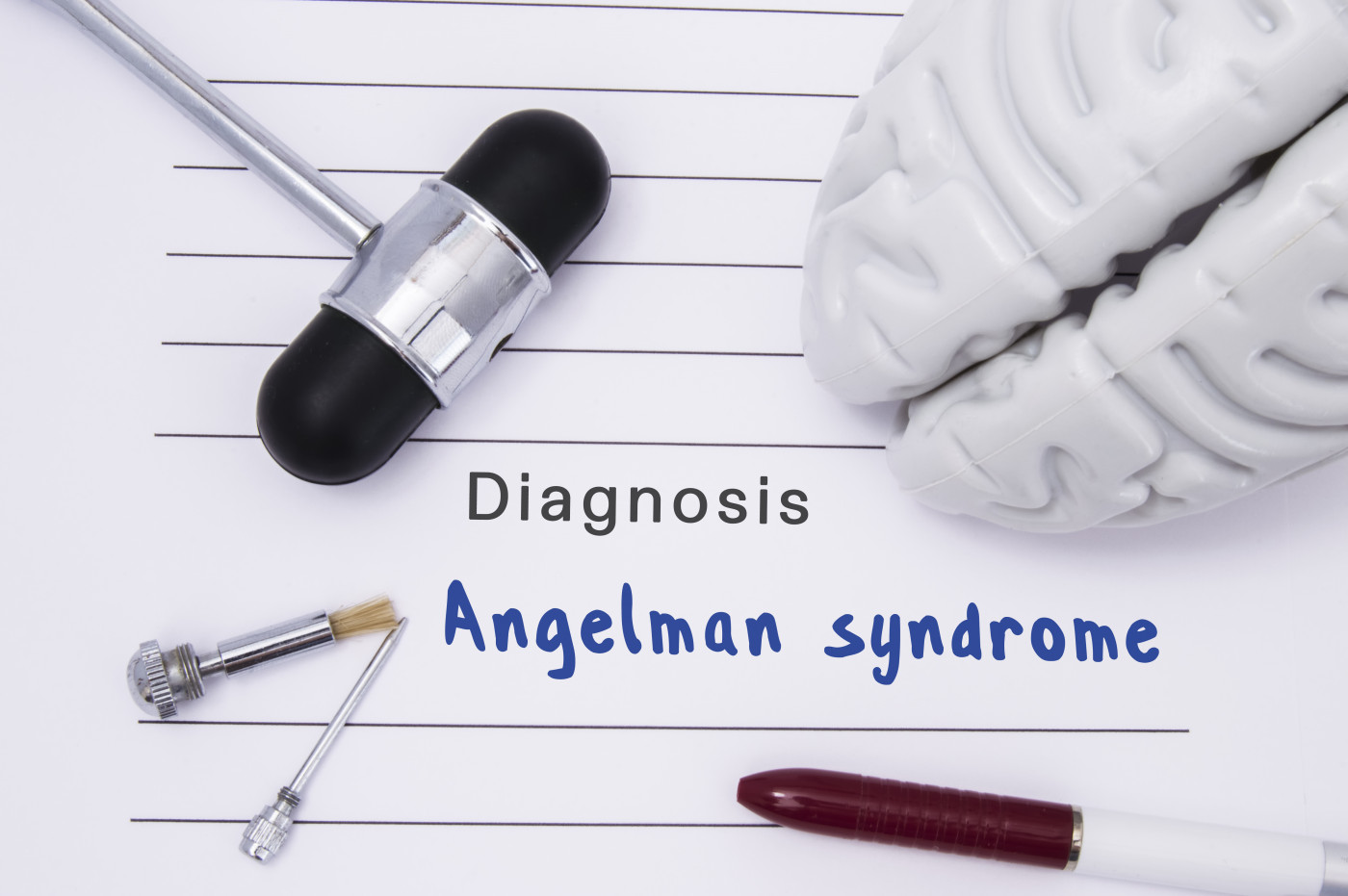FAST Starts GeneTx Biotherapeutics to Speed Development of Antisense Therapy for Angelman

FAST has started a for-profit company to try to accelerate the development of a potential cutting-edge treatment for Angelman syndrome.
GTX-101 is an antisense therapy that works to silence gene expression by binding to the RNA the gene produces. Gene expression is the process by which information from a gene is used to create a functional product like a protein.
FAST owns 90 percent of the new company, GeneTx Biotherapeutics, and Texas A&M University owns 10 percent. That ratio is likely to change once outside investors are brought in, said Paula Evans, the chairwoman of FAST and CEO of the new venture.
“I believe we are the first nonprofit patient organization to take this approach,” Evans told Angelman Syndrome News in a phone interview from Downers Grove, Illinois.
“For years, FAST has been funding research, particularly on the mechanism of the antisense transcript, which silences the paternal UBE3A gene,” she said. Scientists have linked the silencing of that gene to the development of Angelman syndrome.
“Through that research, we were able to identify an antisense oligonucleotide that works on that antisense transcript and activates the paternal gene,” Evans said. “Based on the outcomes of those studies, we knew we had a potential treatment, so FAST decided to launch a for-profit company to further develop this potential treatment.”
FAST has invested $10.6 million in Angelman syndrome research since 2011, with an expected $6.7 million in grants projected for 2018-19. That brings its cumulative research funding to $17.3 million, making FAST the largest non-governmental funder of Angelman research in the world. (FAST, as the group is known, stands for the Foundation for Angelman Syndrome Therapeutics.)
Evans said FAST decided to create a startup to continue developing GTX-101 because “we didn’t have donor funds to conduct the necessary stages of development. By forming a company, you can then have investor-infused funds.”
Dr. Allyson Berent, FAST’s chief scientific officer, will be GeneTx’s chief operating officer. A New York veterinarian, she, like Evans, has a young daughter with Angelman. Neither will be paid for their GeneTx work. All of FAST’s 14 board members are unpaid volunteers as well.
Since 2010, FAST has focused on leading-edge technologies to treat the underlying cause and debilitating symptoms of Angelman.
“Our aggressive research agenda and collaboration with Texas A&M AgriLife Research has identified and characterized a promising therapeutic to address this devastating disorder,” Berent said in a press release. “Angelman syndrome has such a significant unmet need, for which there are no approved therapeutics, and the landscape for bringing meaningful treatments to the community is significantly expanding.”
Two outside researchers have become scientific advisers to GeneTx. Dr. Arthur L. Beaudet is a pioneer in Angelman research. In 1997, he and the Wagstaff lab independently identified UBE3A as the gene that causes Angelman.
“Compared to 30 other pediatric neurological disorders, I would make the case that Angelman syndrome holds one of the single most optimistic possibilities for a cure,” said Beaudet, a professor at Houston’s Baylor College of Medicine. “Antisense oligonucleotide technology offers tremendous promise to treat the symptoms of Angelman syndrome.”
Also advising GeneTx is Dr. James M. Wilson, who heads the Orphan Disease Center at the University of Pennsylvania’s Perelman School of Medicine.
“Rare disease patient organizations are becoming increasingly integral to the development of novel therapeutics and gene therapies,” said Wilson, whose center is receiving FAST funding to develop a gene therapy for Angelman. “The launch of GeneTx demonstrates a keen vision by FAST that I believe can be emulated by other rare disease nonprofits in advancing their research agendas.”
The cause of Angelman is an unfunctional UBE3A gene inherited from the mother. Symptoms include developmental delays, impaired movement function, loss of speech, and epilepsy.
The disease occurs in about one in 15,000 births.
“Right now, the technology for rare disorders of the central nervous system are coming of age, and Angelman is the perfect disorder for this,” said Evans. “The reason is that UBE3A is an imprinted gene, so we have multiple approaches to treat this at its root cause.”
Evans said that, depending on the outcomes of investigational new drug studies and “interactions with regulatory agencies,” GTX-101 could be in clinical trials by late 2019.
“We’re developing this antisense oligonucleotide for Phase 1 readiness,” she said. “You have to go through IND [investigational new drug] studies and perform extensive toxicity studies. There’s a process between identifying a potential treatment in the lab and getting it ready for human application.”








